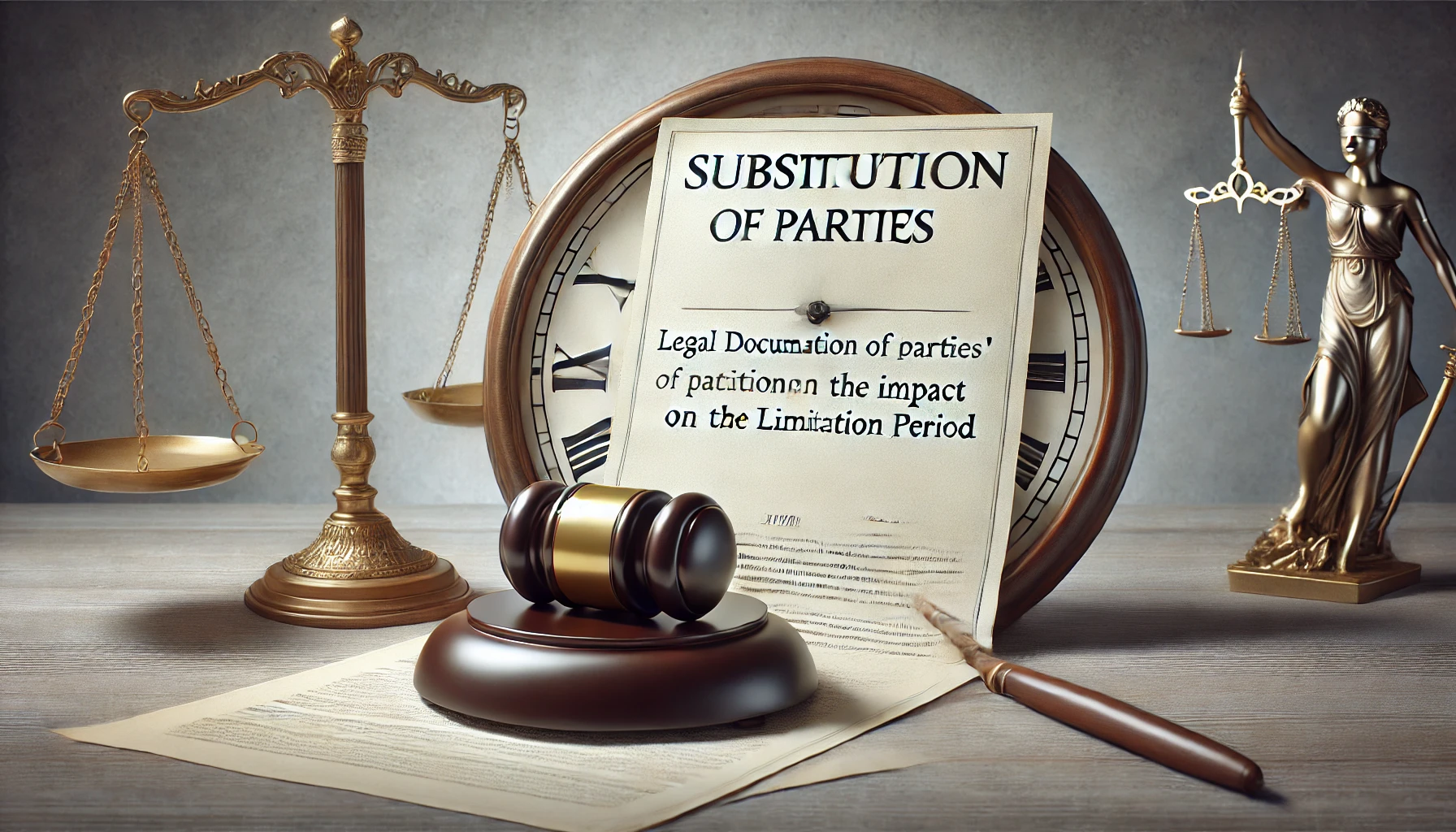Section 21 deals with the effect on the limitation period when parties to a suit or proceeding are substituted or added.
Key Points:
1. Substitution or Addition of Parties:
- When a new plaintiff or defendant is substituted or added in a suit, the suit is deemed to have been instituted against the new party on the date of substitution or addition.
- This is crucial in determining whether the claim against the new party is within the prescribed limitation period.
2. Relation Back Doctrine:
- If the court is satisfied that the omission to include a new party was due to a mistake made in good faith, the suit may be deemed to have been instituted on the original date of filing.
- This doctrine helps to protect the plaintiff from being prejudiced due to procedural mistakes made in good faith.
3. Effect on Limitation Period:
- The substitution or addition of parties can affect the computation of the limitation period for the suit or proceeding.
- If the new party is added after the limitation period has expired, the claim against the new party may be time-barred unless the relation back doctrine applies.
4. Illustration:
- If A files a suit on January 1, 2020, and later discovers that B should have been included as a defendant, B is added on January 1, 2021.
- The court finds the omission was a good faith mistake, so the suit against B is treated as having been filed on January 1, 2020.
By addressing these provisions, Section 21 of the Limitation Act, 1963, ensures that procedural mistakes do not unfairly prejudice the parties while maintaining the integrity of the limitation period.

